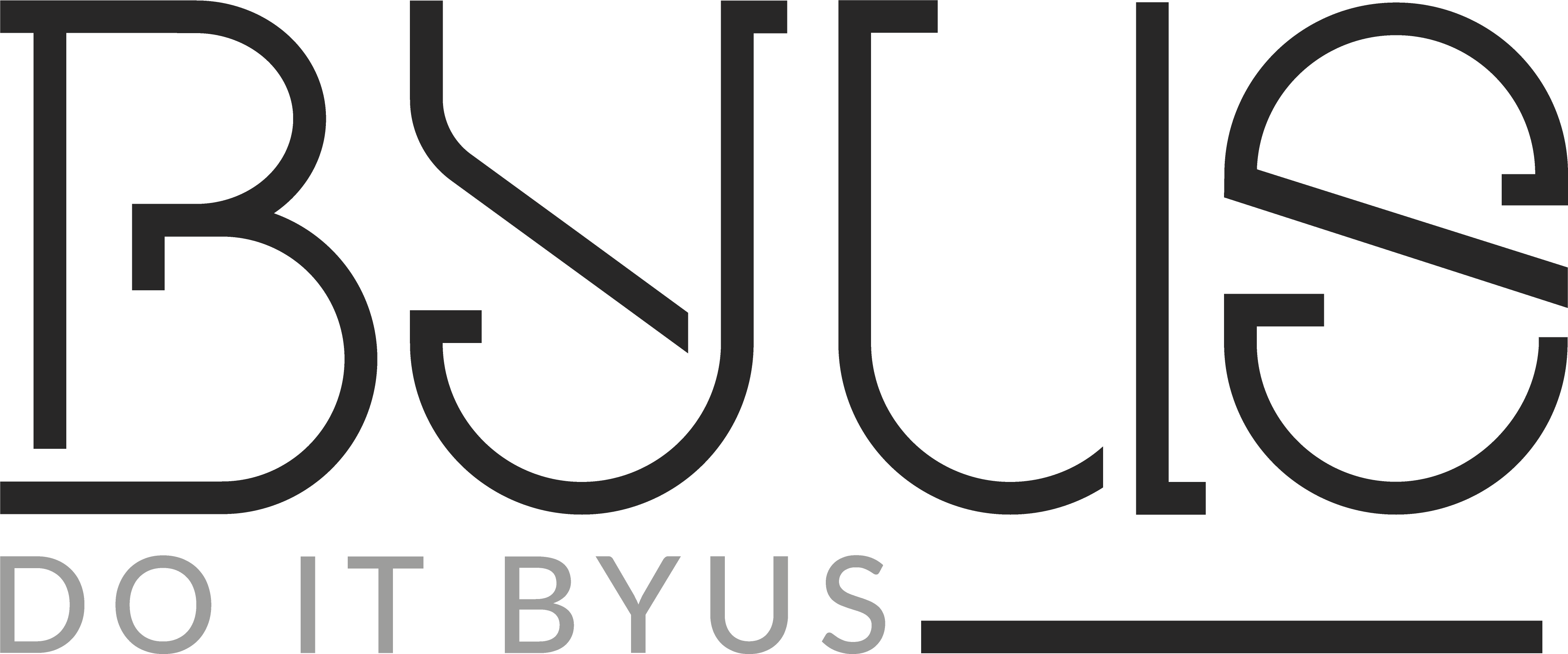Creating a corporate identity is a strategy that companies use to identify and appeal to their target audiences. With an identity established, an organization can shape the public’s perception of it, promote its values more effectively and more efficiently direct its marketing campaigns. For these reasons, understanding the value of a strong corporate identity is essential if you want to grow the influence of a business.
In this article, we define corporate identity, examine its purpose, provide a step-by-step guide for creating one and discuss why it’s important that a business has a well-developed identity in place.
What is corporate identity?
Corporate identity is how a business entity presents itself to the public. It’s a concept that centers on understanding how internal activities can inform external perception, and then using this knowledge to create an intentional image. The identity that an organization crafts for itself entails all of the aspects of its public image, including but not limited to:
-
Marketing
-
Advertising techniques
-
Product packaging
-
Logos
-
Colors
-
Staff uniforms or dress codes
All of these visible elements work together to create a definitive and recognizable “personality” for the business.
Businesses typically base their corporate identity on their target audience, as it can be challenging to appeal to all consumer types at once. The process of developing an identity that happens through three primary organizational aspects, which are:
-
Corporate communication: Corporate communication is the way a business spreads information to its employees, stakeholders, customers and investors. It encompasses various business processes, such as public relations, internal and paid communications, reputation management and media relations.
-
Corporate behavior: A company’s corporate behavior demonstrates its philosophy and values. Business entities often accomplish this by participating in social responsibility endeavors.
-
Corporate design:
Corporate design is the combination of brand assets that makes a company unique and captures consumers’ attention. It comprises various visual elements, such as logos, style guides and typography.
Related: What Is Customer Perception? Definition and How To Improve It
What’s the purpose of a corporate identity?
The purpose of a corporate identity is to facilitate the realization of both organizational objectives. The objectives may vary from organization to organization but commonly include:
-
Increasing brand awareness
-
Brand differentiation
-
Establishment of a company culture
-
Fostering trust with a customer base
-
Greater customer engagement and loyalty
-
Reduced advertising costs through higher brand recognition
How to create a corporate identity in 5 steps
If you’re interested in establishing a corporate identity for an organization, follow these five steps:
1. Conduct a brand audit
The first step toward cultivating an organization’s corporate identity is to conduct a brand audit, an evaluation that identifies the brand’s position within the marketplace. This process highlights areas where the organization excels and those where it could use some improvement.
To execute the process, identify the factors that contribute most to the brand’s growth and how consumers perceive its products or services. Try to include an in-depth analysis of competitors’ brand strategies, which allows you to recognize:
-
Whom you compete with for market share
-
How to differentiate the brand
-
What strategies to consider
2. Refine your messaging statements
Your messaging statements convey the underlying value proposition of the brand using intentional language in advertising content. Determine the company’s core values and try to relate them to the expectations of its target audience. Give special consideration to what you offer to the consumer that addresses their desires or distinguishes you from others. These actions represent an important aspect of building your corporate identity and are the first step toward refining your messaging statements.
3. Develop your creative elements
After finalizing your messaging statements, consider the creative elements that you wish to accompany them. This usually comprises design components such as the logo, fonts, colors and style of your advertising content. It can also include aspects like storefront exteriors, interior layouts and staff uniforms. These creative aspects contribute to a cohesive, consistent brand voice that appeals to your target audience and aligns with the company’s values.
One approach toward ensuring the suitability of the brand voice is to assess the characteristics of its target audience — their ages, professions, social preferences and market preferences. Understanding the audience in this way can highlight areas where you can relate or appeal to your customers.
4. Implement beneficial strategies
You may implement several business strategies to strengthen the brand. Create a content marketing strategy that communicates your specific brand story and unique value to your target audience. Coordinate outreach to your customers through traditional marketing outlets along with social media platforms. Such measures help to ensure the alignment of organizational objectives, brand reputation and marketing activities.
5. Analyze and modify
Analysis and modification are ongoing processes that may require the brand to adapt to shifting consumer tastes and market trends. Continuously evaluate the business’ performance and the public’s perception of it so that you know how best to present the brand. This process allows you to ensure that the brand reflects the company’s character, values and expectations.
Why is corporate identity important?
Corporate identity is important because the public’s perception of a company can help build a consumer following, thus contributing to success. It allows the brand to be recognizable to both its target audience and potential customers, which encourages them to select the company over its competitors. Additional benefits that a well-developed corporate identity can yield are:
-
Expertise: Creating a definitive corporate identity can show consumers that the brand is a trustworthy industry expert, which can increase brand loyalty and, in turn, increase revenue.
-
Reliability: Establishing the reliability of the business can help standardize its visual marketing techniques across various platforms, including billboards, social media and commercials.
-
Cohesion: Cultivating a corporate identity can ensure that communication and brand representation remain cohesive, establishing that all corporate representatives interact with clients and stakeholders in the same way.
source: indeed.com
